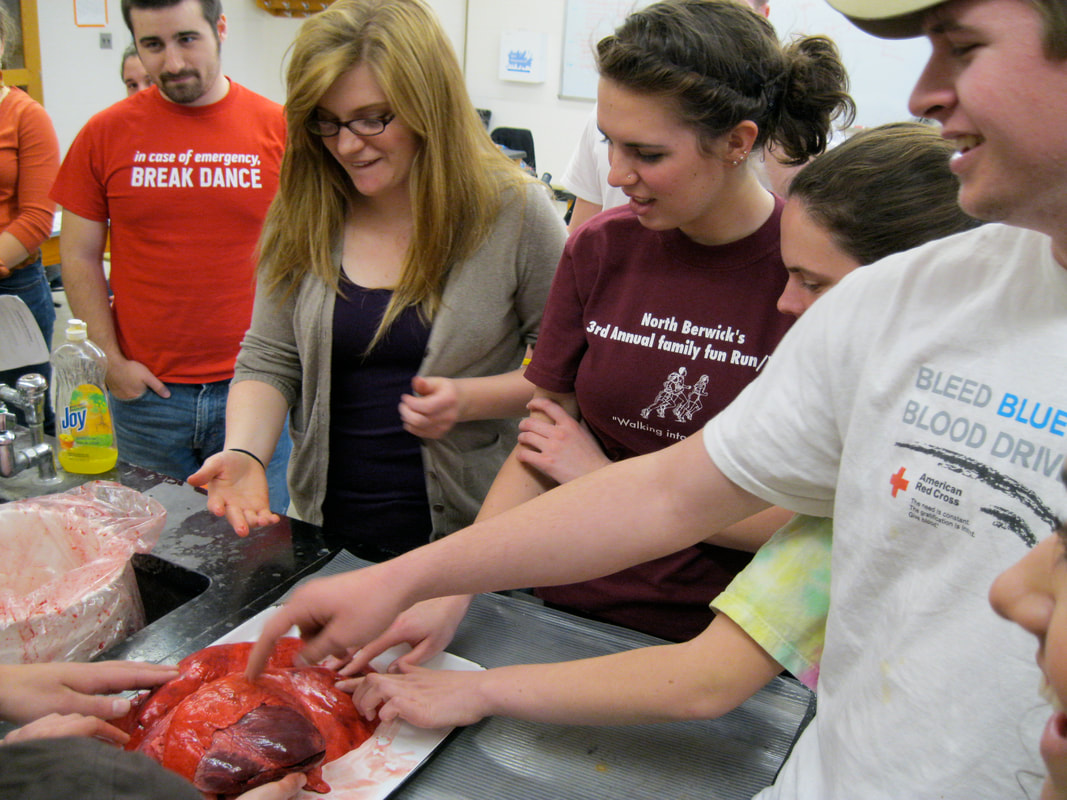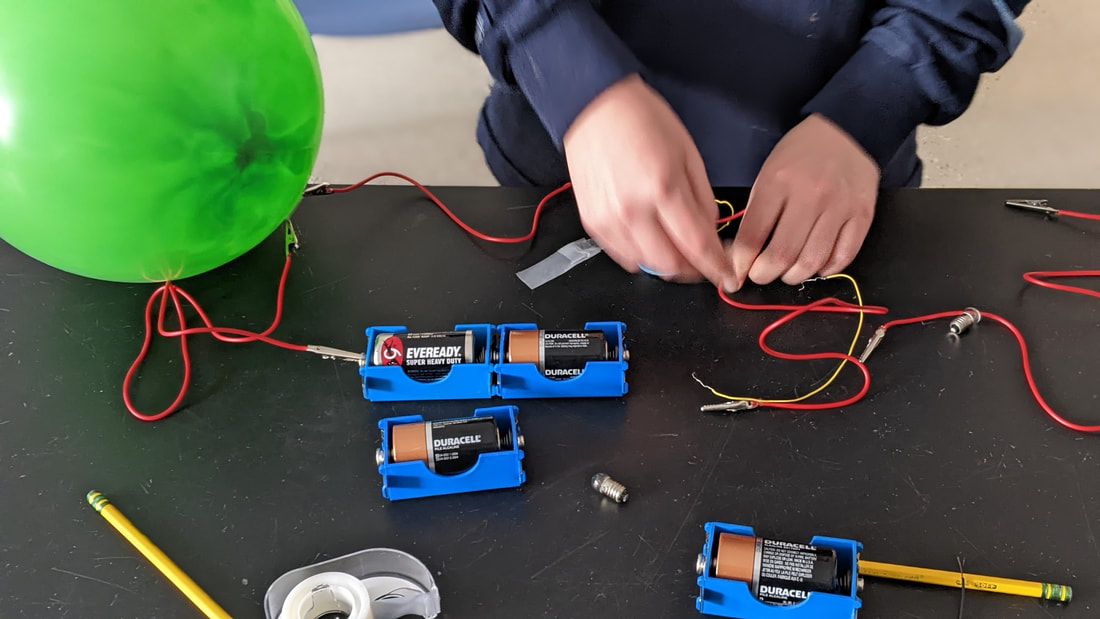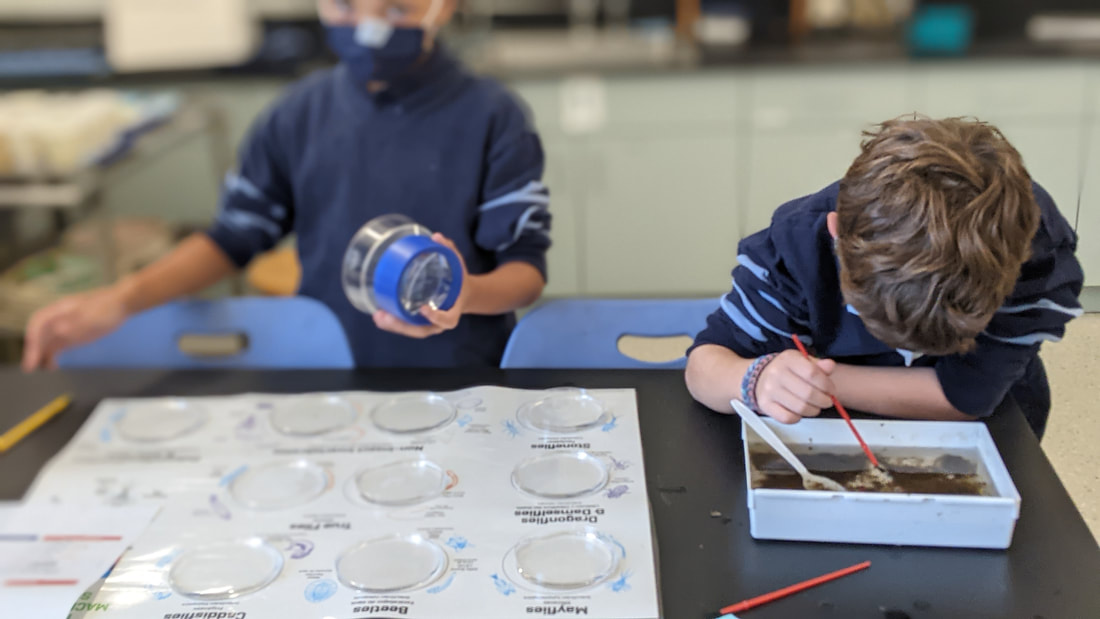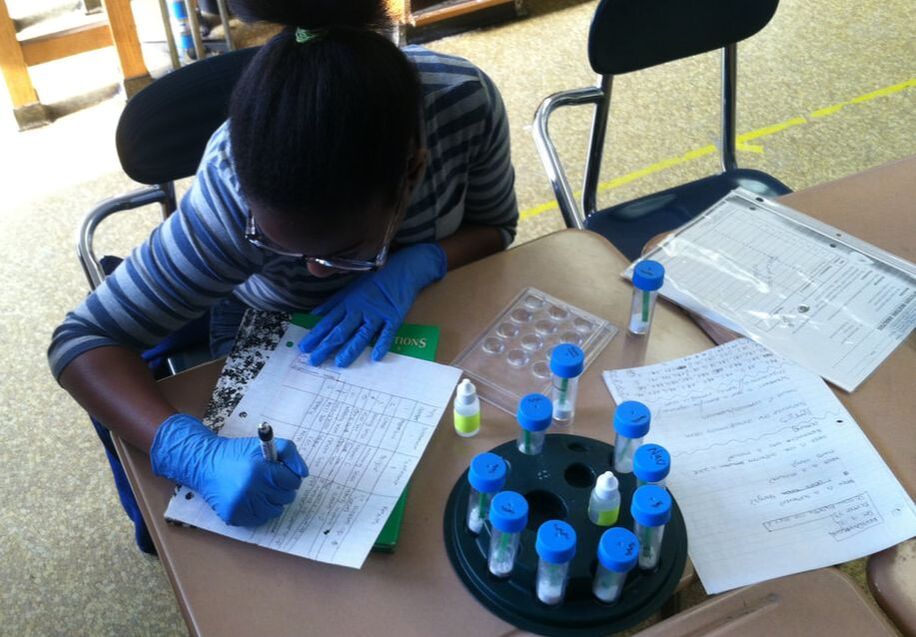It is called a "practice" not because you are still learning how to do it, but because it involves constant learning, improving, and improvising. (All photos were taken by A.Rose)
Teaching Philosophy |
|
|
Relational Teaching: Good teaching is built on a foundation of strong relationships, according to research from The International Boys Schools Coalition (IBSC). Students who have a favorable opinion of their teacher are more likely to succeed, no matter the subject matter. It is imperative to find ways for your students to feel a personal connection to you, to let your students know you like them, and to create an exciting classroom culture of exploration together. This can include providing activities whose sole purpose is fun, tuning into individual student preferences, finding ways to learn alongside them, or even sharing your favorite Instagrammer or Youtuber with them and talking with them about theirs. It means letting your personality shine through so that students are comfortable doing the same. I also focus on more serious aspects of relational teaching, such as providing private feedback and public praise, role modeling respectful conversations, and giving second chances. |
|
Inquiry-Based Learning: Students are most engaged when the lessons address their own interests and take up questions that they themselves develop. I aim for thorough understanding through deep discussion and exploration, and I seek and develop lessons that spark students to ask questions. I then provide the materials, resources and guidance they need to investigate their questions further. This also means I am ready for students to propose ideas I hadn’t planned for. My experience in improvisational theater and performing arts contributes to the inquiry aspect of my teaching: while I always have a plan for each lesson, inquiry-based teaching means I am ready to pivot according to student interest if it means an increase in their investment in the topic. It also means I arm students with both physical and mental tools to explore their ideas.
|
|
Honing Language: A major part of science is learning how to make accurate descriptions of observations and learning how to have productive conversations. For speakers of any language, science is a great lens for students to learn specific communication tools that can help them explain ideas, generate more questions, and provide evidence to support claims. Learning the names of aquatic macroinvertebrates, for example, allows students to notice subtle differences between species and discuss the health of a stream; an activity like pouring wet sand down a slope provides an experience in common to serve as a jumping off point for discussions about weathering and erosion. Honing language may seem incidental to the learning of science, but in fact it is integral. For example, students who have language to describe direct and indirect relationships now have a way to communicate about cause and effect or patterns in data. Honing scientific language can also help students make connections to the larger world outside of science. For example, learning to become an active anti-racist, students can discerne how a lack of evidence can lead to biases and quick conclusions that can hurt groups of people.
|
|
Incidental Learning: When students are learning crosscutting concepts in science, or learning how to use scientific instruments, they need interesting content and meaningful tasks that incidentally require these skills or tools. I look for ways to create a need for the skill or tool. For example, when teaching how to use a Vernier force probe and graphical analysis app, the lesson is not, “How to Use a Vernier Probe and Graphing App,” the lesson is about sparking questions, such as whether a simple machine really does make “work” easier. Using the probe, reading a graph, and analyzing results are the cross cutting concepts that must be incorporated in order to explore the question. When learning about chemical properties, the task is not, "Identify three properties of each substance," the lesson is a challenge about "mystery substances" that have been mixed up. The students “accidentally” learn the science skills when exploring interesting questions.
|




